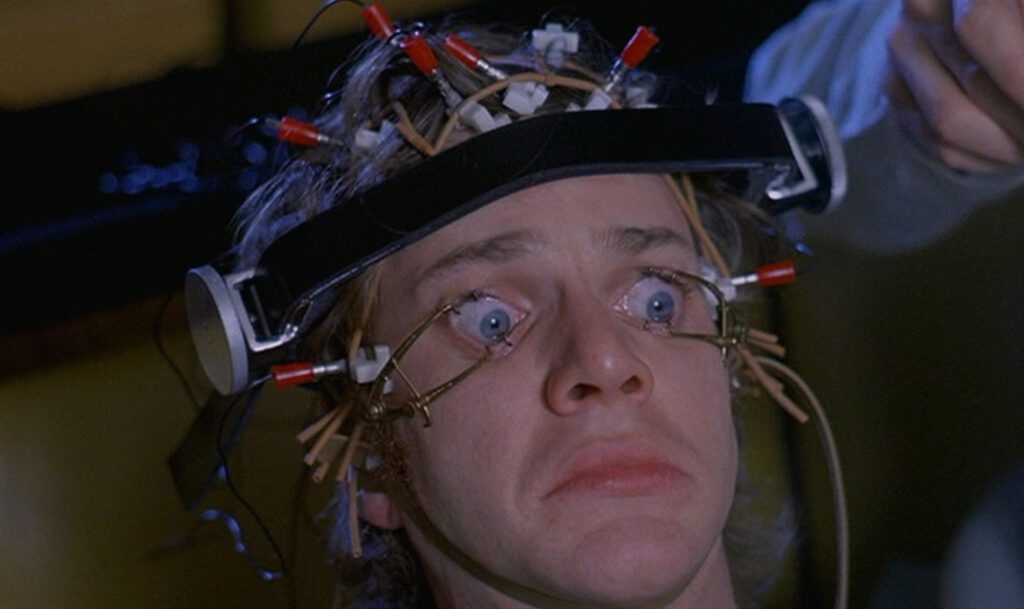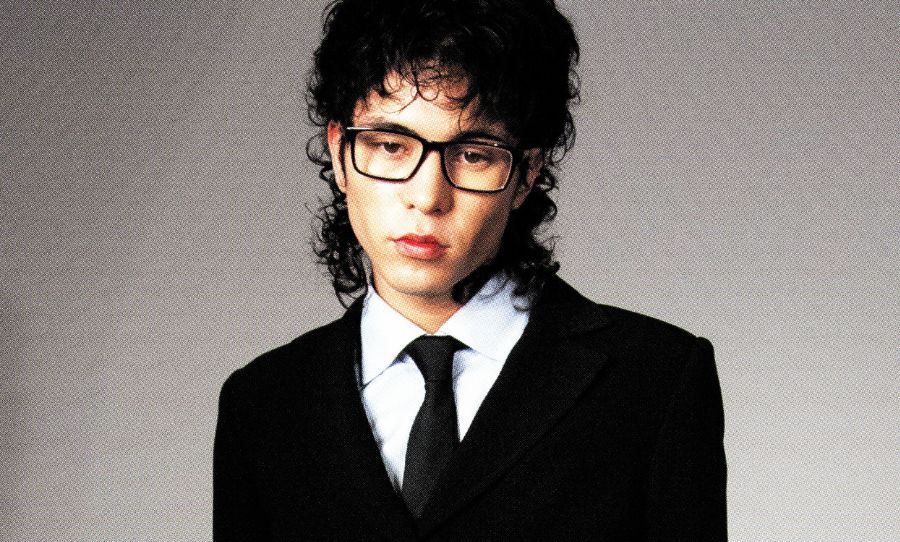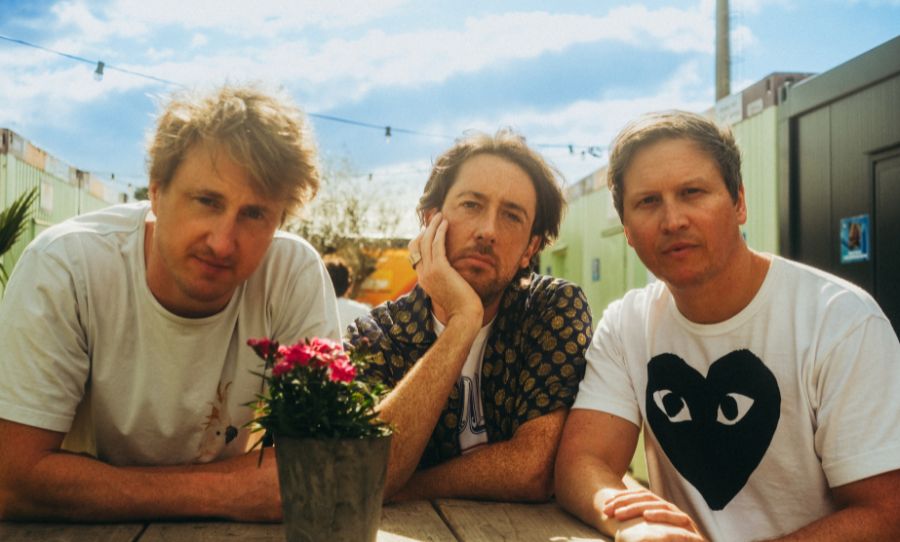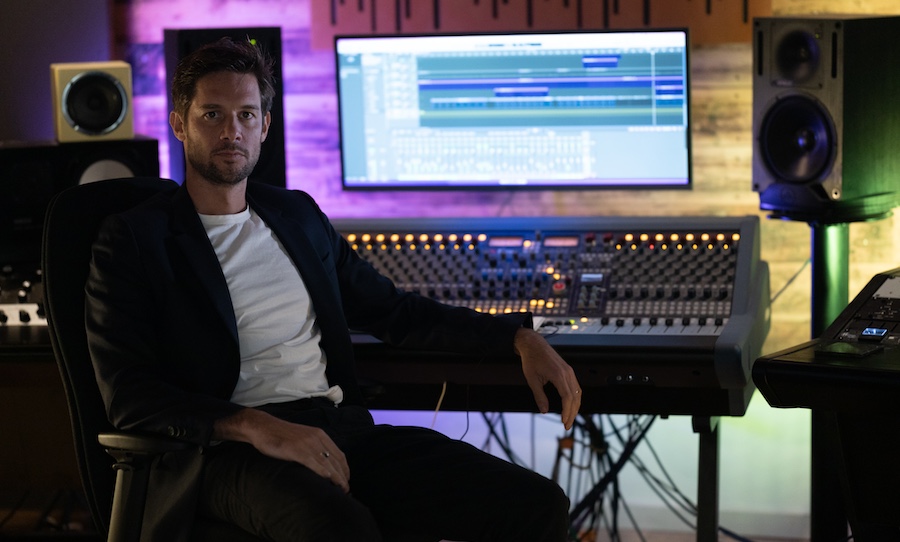It wasn’t always the cat you wanted but you either settled or tried again.
Once upon a time, “image search techniques” meant finding a picture of ‘a cat’. You typed the word, the algorithm matched pixels, and the result was a polite list of guesses. It wasn’t always the cat you wanted but you either settled or tried again.
In 2025, that’s ancient history. Image search has become something else entirely and given how many images we publish a day at Happy Mag, it felt worthwhile exploring image search techniques and their broader implications.
The machines that once recognised objects now interpret culture. They understand tone, light, composition, even emotion. For creative industries, that’s not just an upgrade. It’s a shift in how ideas are discovered, remembered and built.
Back in the early days, image search techniques relied on feature detectors like SIFT and SURF. They analysed edges, shapes and gradients. Then convolutional neural networks took over, scanning millions of images and building pattern libraries. It worked fine for logistics, not for art.
A 2018 study from Google estimated that over 85% of all web searches contained some kind of visual component. Yet those systems were terrible at nuance. They could identify a guitar but not a guitar that feels like 3 am in a smoky club.
The turning point came when models like CLIP and SigLIP started learning text and images together. They created shared embedding spaces where a phrase like “desert festival sunset” or “lo-fi bedroom recording session” could instantly link to relevant visuals.
Now, the newest multimodal models don’t just connect text and images. They tie in sound, motion, and intent. OpenAI’s current multimodal embedding model can map an audio clip, a lyric and a photograph into the same vector space. That’s not just retrieval. That’s creative comprehension.
Numbers tell the story. CLIP2 was trained on 400 million image-text pairs. EVA-CLIP passed 1 billion. Google’s SigLIP now operates with a 2-trillion-token multimodal dataset. Each of these systems is learning how humans look, feel and describe the world. The result is that “image search techniques” are now more like “visual intuition techniques.”
Here’s the wild part. You don’t need to be Google to use this. A decent workstation and an open-weight model can turn your archive into a creative brain.
At Happy Studios, we shoot thousands of frames a week. Until recently, finding a specific look meant guessing filenames or sifting through hard drives. But modern image search techniques let you talk to your own archive. You can type “golden hour at the piano,” “neon punk vibe,” or “vintage country band energy,” and the AI finds your footage instantly.
A single terabyte of indexed visuals can be embedded in under an hour using local models like Jina-CLIP or SigLIP-Base. Vector databases like MyScale or Milvus can query millions of frames in under 50 milliseconds. That’s faster than your brain’s first spark of recognition.
The numbers we’ve noticed behind the shift
• Around 80% of the internet’s traffic in 2025 is visual content, according to Cisco’s latest report.
• Over 60% of creative professionals use AI-assisted search or tagging systems to manage visual assets.
• Open-source multimodal models have dropped in size by 70% since 2023, making local creative search systems affordable.
• On average, AI-powered image retrieval reduces production prep time by 40% in studios using it regularly.
The world’s biggest streaming and social platforms already rely on this. TikTok and Instagram both embed video and audio into shared latent spaces to drive recommendations. Every time you scroll past a clip that feels uncannily right, you’re seeing embedding models at work.
From reference to inspiration
The old way of building a campaign was moodboards, references, and luck. The new way is dynamic recall. You describe what you want, and the machine pulls the closest expression of that idea from your creative memory.
Imagine typing “country artist lighting that feels nostalgic but modern” and instantly getting every session you’ve ever shot that fits the vibe. You can build campaigns, decks and edits in hours instead of days.
The same applies across music, photography, design, and advertising. A creative brain that understands your taste becomes the most powerful collaborator you’ve ever had.
AI used to help you make things. Now it helps you remember why you made them. Search isn’t about precision anymore. It’s about perspective. The line between search, curation and creation has dissolved.
For creatives, this is the biggest cultural moment since the invention of Photoshop. When search understands style, mood and story, creativity stops being about finding references and starts being about rediscovering yourself.
In the coming years (or maybe sooner lol), multimodal embeddings will integrate directly into editing and publishing tools. Adobe, Figma and DaVinci Resolve are already testing visual-semantic indexing that lets you search by feeling instead of filename.
The phrase “image search techniques” will soon sound like “dial-up internet.” Outdated, mechanical, but historically important. The future belongs to creative recall — the ability to see your entire archive as a living organism that understands what you mean before you finish typing. Go forth, find mammoth!



